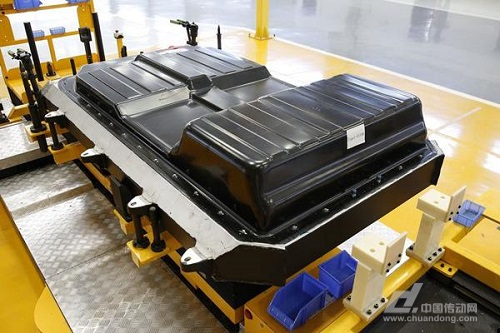
Bill Gates once famously said, “Microsoft is only 18 months away from bankruptcy.†This statement reflects a deep awareness of the risks posed by rapid technological changes and economic disruptions. Companies that fail to adapt to these shifts risk being left behind in an ever-evolving market. The ability to anticipate and respond to industry trends is crucial for long-term success and determines whether a company can maintain its competitive edge.
In China’s power battery sector, CATL (Contemporary Amperex Technology Co. Limited) has risen to prominence, largely due to the foresight of its founder, Zeng Yiqun. In an internal letter published in April this year, he warned, “While we rest on the comfort of policy support, our competitors are fighting for survival. The gap is clear.†This mindset has driven CATL to stay ahead in the lithium industry, continuously investing in R&D and innovation.
By 2016, CATL had already secured a 22% market share in the domestic power battery sector, ranking second. By the first quarter of this year, it overtook BYD to become the top seller, and by the third quarter, its market share reached 25.79%, further solidifying its position. This growth highlights the importance of proactive strategies and the ability to foresee industry shifts.
In March 2017, Hon Hai Group’s subsidiary Futaihua Industry acquired a 1.19% stake in CATL for 1 billion yuan, valuing the company at over 84 billion yuan. Later that year, traditional automakers like Changan and Dongfeng also invested in CATL. The company even announced its listing process in June, signaling its ambition to compete directly with BYD in terms of market value.
Unlike BYD, which operates both as a car manufacturer and battery supplier, CATL focuses solely on power batteries, allowing it to concentrate resources and achieve greater efficiency. This specialization has given CATL a stronger market position and faster response to industry demands.
While BYD dominated the new energy market in 2016, its battery business began to decline in 2017. Despite efforts to open up battery exports, BYD has struggled to regain its former momentum. Several missed opportunities have contributed to this slowdown.
First, BYD failed to capitalize on the shift from a policy-driven to a market-driven battery industry. As competition intensified, product performance became more important than price, and companies with high-quality production capabilities gained an advantage. BYD’s closed supply chain limited its ability to collaborate with other automakers.
Second, the market consolidation period was not fully utilized. Although BYD started exporting batteries, its production capacity remained constrained, limiting its market expansion. Internal reports confirmed that battery production was mainly for internal use, further slowing external growth.
Third, the technical shift from lithium iron phosphate to ternary batteries was not fully embraced in time. While BYD eventually adjusted its strategy, the transition required significant time and resources. As a result, it fell behind in the race for the next generation of battery technology.
Despite these challenges, BYD still holds strong advantages. Its battery performance remains among the best in China, and there is growing demand for high-end battery solutions. Additionally, its automotive business provides a stable foundation for its battery division, similar to the model of Tesla and Panasonic.
According to industry experts, the power battery market is expected to consolidate significantly by 2020, with only 10–20 major players remaining out of the current 200 or so. Companies must be prepared to face intense competition. Fang Jianhua, president of the National Science and Technology Achievements Transformation Fund, emphasized that during this reshuffling period, a company’s ability to respond quickly, produce quality products, maintain financial strength, and develop technology will determine its success.
Ultimately, the ability to recognize and act on industry threats is what separates winners from losers. Whether it’s CATL or BYD, both leaders must continue to innovate and adapt to remain relevant in an ever-changing landscape. The future of the power battery industry will belong to those who stay ahead of the curve.
Optical Filter,Long Wave Pass Filter,Optical Pass Band Filter,Bandpass Filter
Danyang Horse Optical Co., Ltd , https://www.dyhorseoptical.com